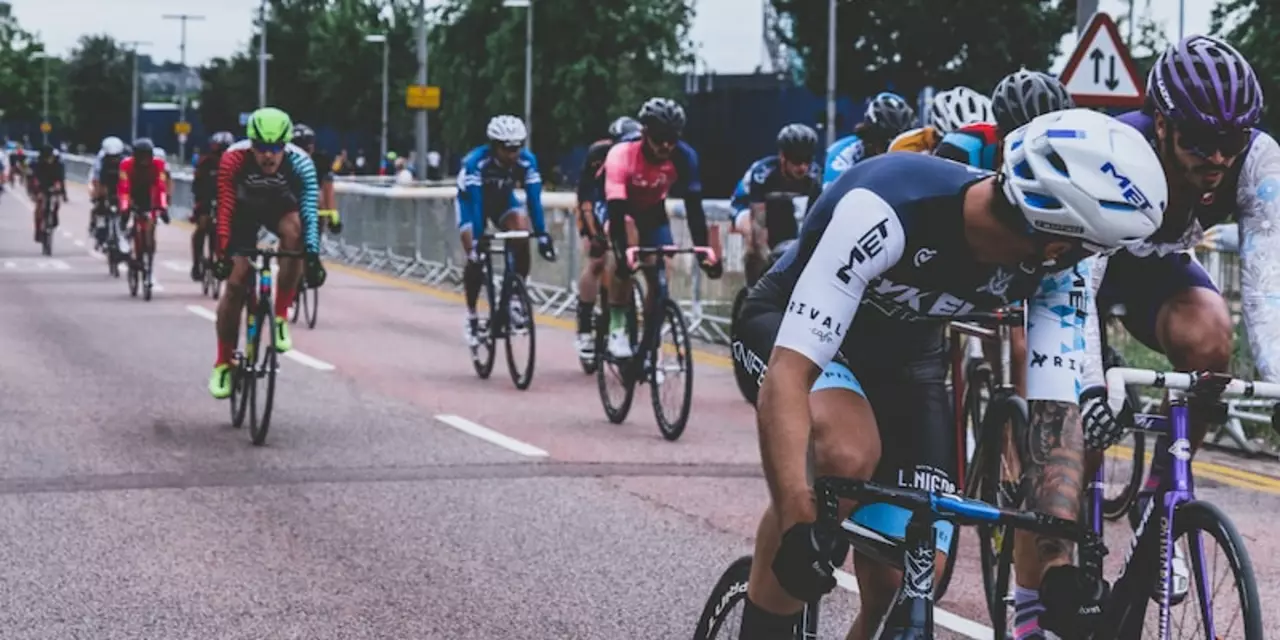SEARCH
Average Speed in BMX: How Fast Can You Really Ride?
When you hop on your BMX, you probably wonder how fast you’re really going. Average speed isn’t just a number on a bike computer – it tells you how efficiently you’re moving, how your setup works, and where you can improve. Let’s break down what average speed means for BMX riders and how you can push that number higher without throwing yourself off the bike.
Factors that Affect Your Average Speed
First up, terrain. A smooth skate park line lets you keep momentum, while a dirt trail with bumps will drop your speed each time you hit a lip. Even small changes, like a tighter radius on a ramp, can shave a few seconds off your lap.
Second, rider weight and bike weight matter. A lighter bike and a trimmed down body help you accelerate quicker. You don’t need a carbon frame to be fast, but shedding excess weight where it counts – like swapping heavy bolts for light ones – can make a noticeable difference.
Third, pedaling technique. BMX isn’t all about sprinting; a smooth, consistent pedal stroke keeps your wheels turning. Many riders stare at the rev counter, but focusing on a steady cadence while staying relaxed gives a higher average speed over a run.
Fourth, gear ratio. A larger front chainring with a smaller rear cog gives you higher top speed, but you’ll need more effort to get up to speed. If you mostly ride flat sections, a taller gear can raise your average speed. On hilly sections, a shorter gear helps maintain momentum.
Lastly, wind and riding position. Crouching low reduces drag, and riding with a tailwind can add a few extra MPH without extra effort. Pay attention to the forecast before you head out – riding on a calm day often feels faster than battling a cross‑wind.
Simple Ways to Boost Your Speed
Start with a quick speed check. Use a bike computer or a phone app to record a few laps, then calculate the average by dividing the total distance by total time. This baseline lets you see where you improve.
Next, tighten up your bike. Check tire pressure – higher pressure reduces rolling resistance but can make the bike feel harsh. Find a sweet spot where the wheels spin freely without sacrificing grip.
Work on your pedal rhythm. Try a “smooth‑push” drill: pedal at a comfortable cadence for 30 seconds, then increase the cadence for another 30 seconds without changing your power. Over time you’ll develop a more consistent stroke that keeps the wheels turning faster.
Upgrade your gear ratio a notch if you’re comfortable with the extra effort. Swapping a 44‑tooth chainring for a 46‑tooth can boost top speed on flat sections without making climbs impossible.
Finally, fit your bike to your body. Adjust the seat height and handlebar reach so you’re not overreaching. A comfortable position reduces fatigue, letting you maintain a higher speed for longer.
Remember, average speed is a reflection of many small choices. By tweaking terrain awareness, bike setup, and your own riding style, you’ll see that number climb – and the rides will feel smoother too. Keep tracking, experiment with one change at a time, and enjoy the faster laps ahead.

What speed do Tour de France cyclists average?
The Tour de France is an annual multiple stage bicycle race held in France, and considered to be one of the most prestigious races in the world. The average speed of cyclists during the Tour de France is between 25 and 28 kilometers per hour (15.5 to 17.4 miles per hour). This is faster than the average speed of a recreational cyclist, which is usually around 18 kilometers per hour (11.2 miles per hour).
Continue reading